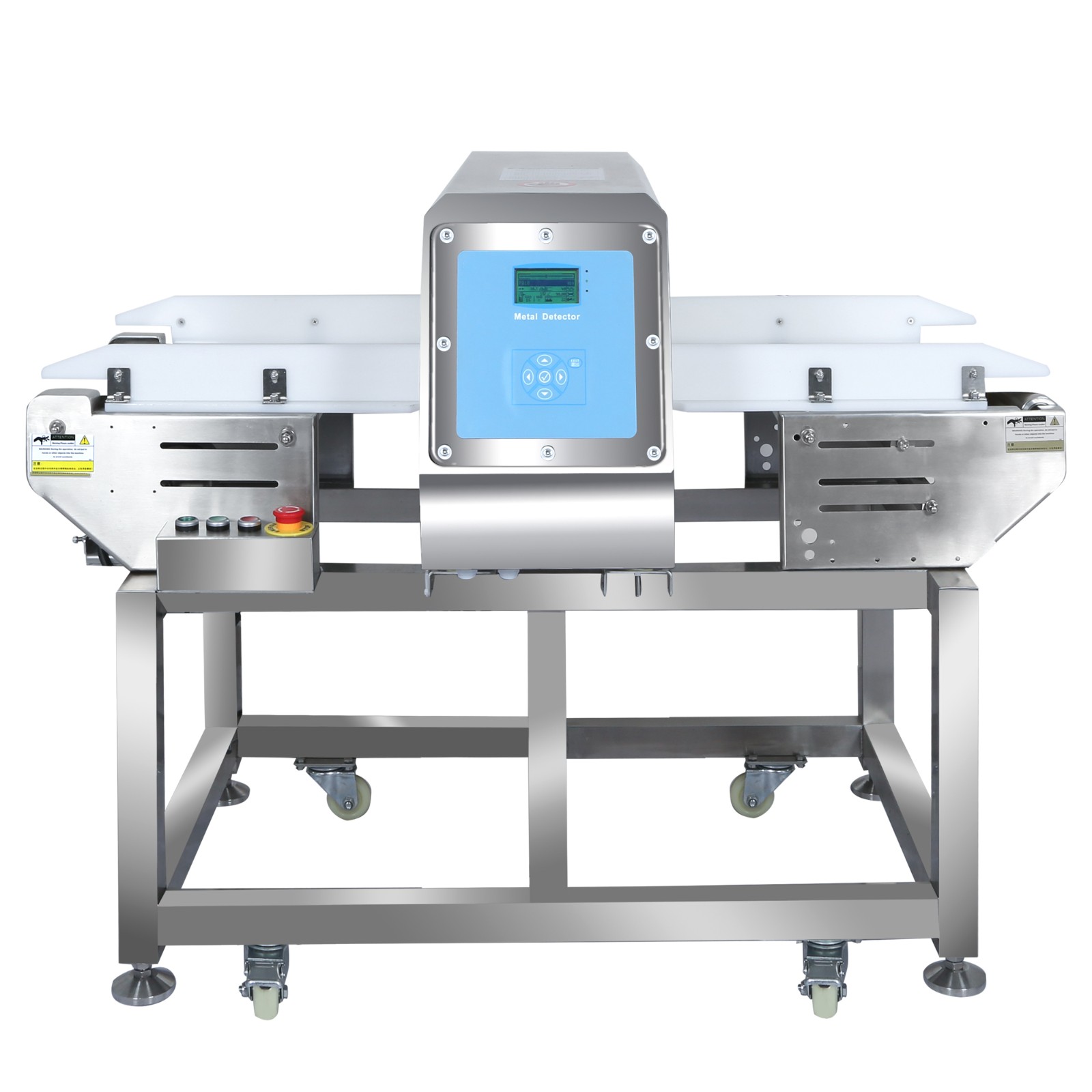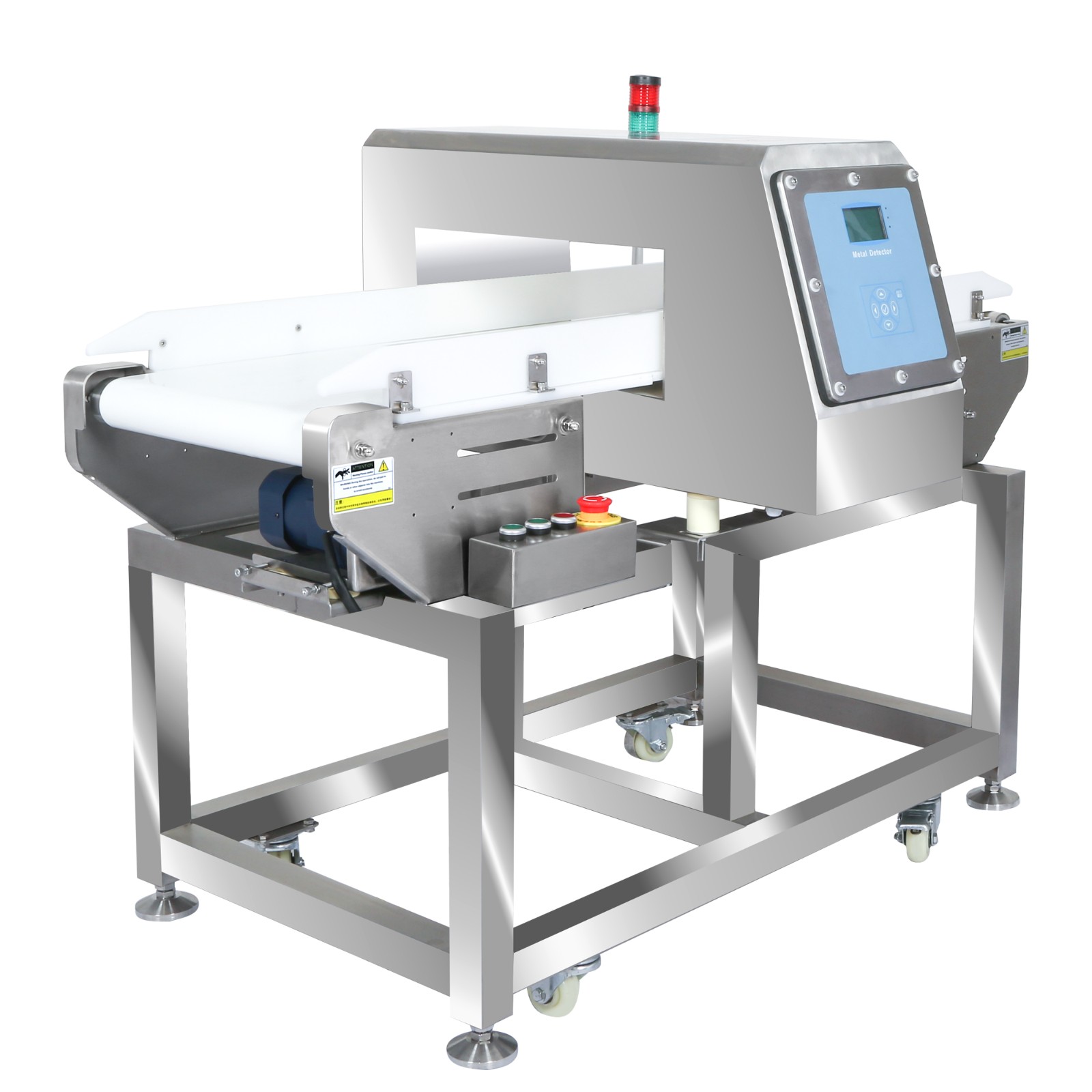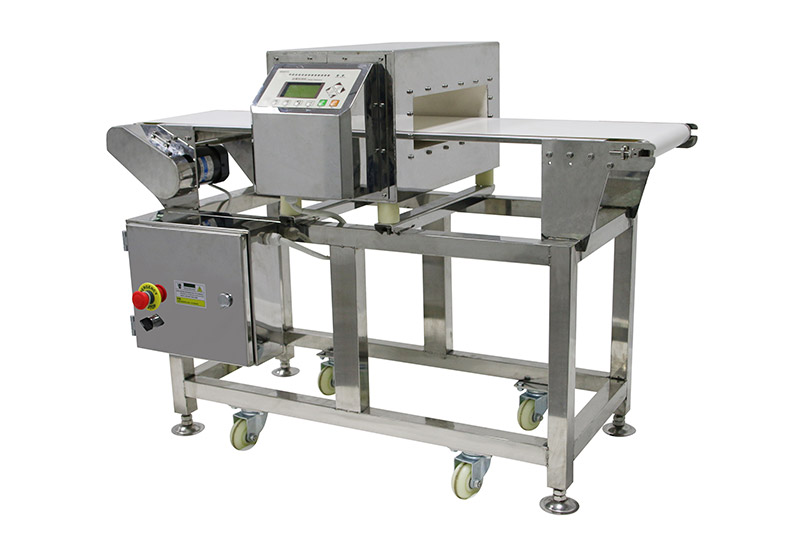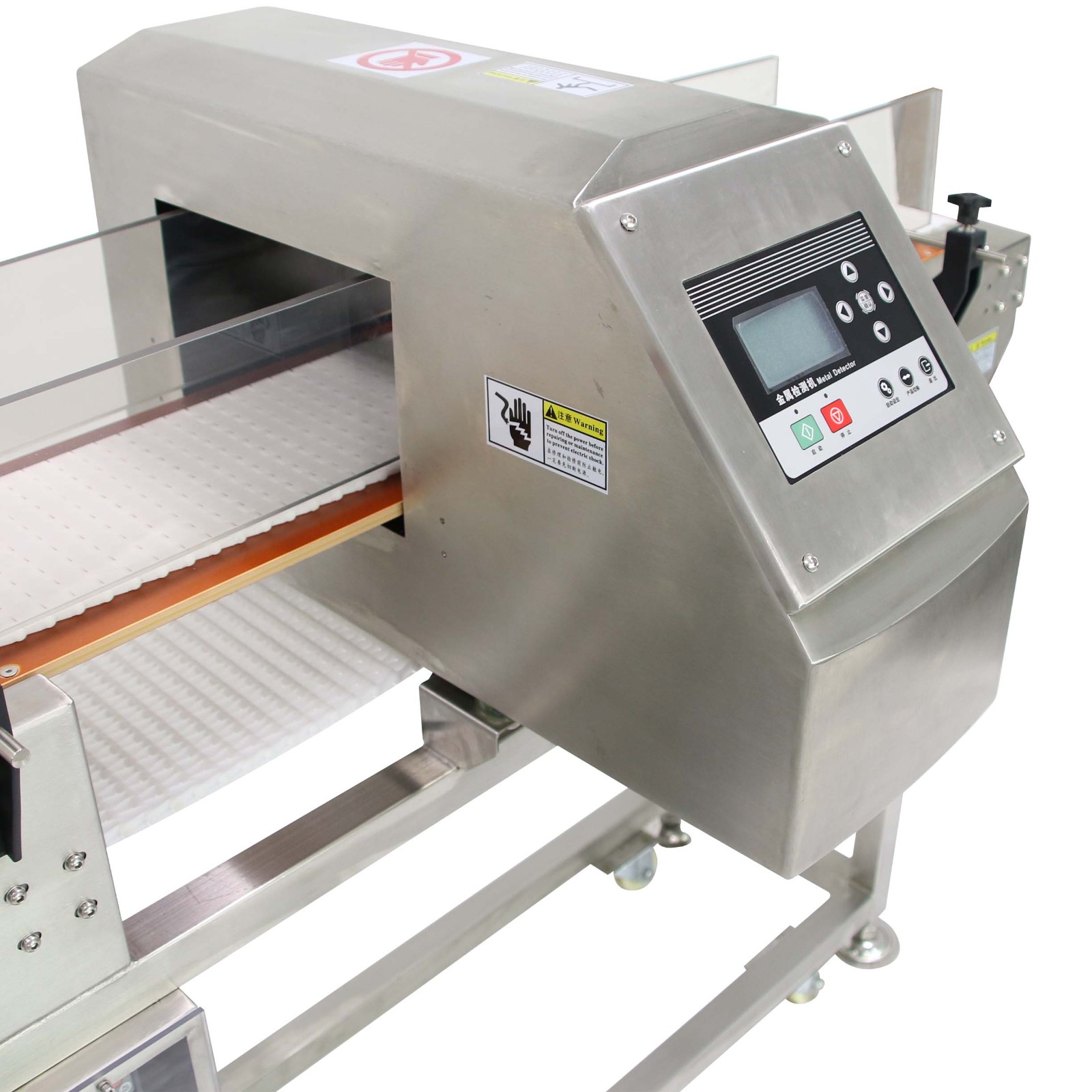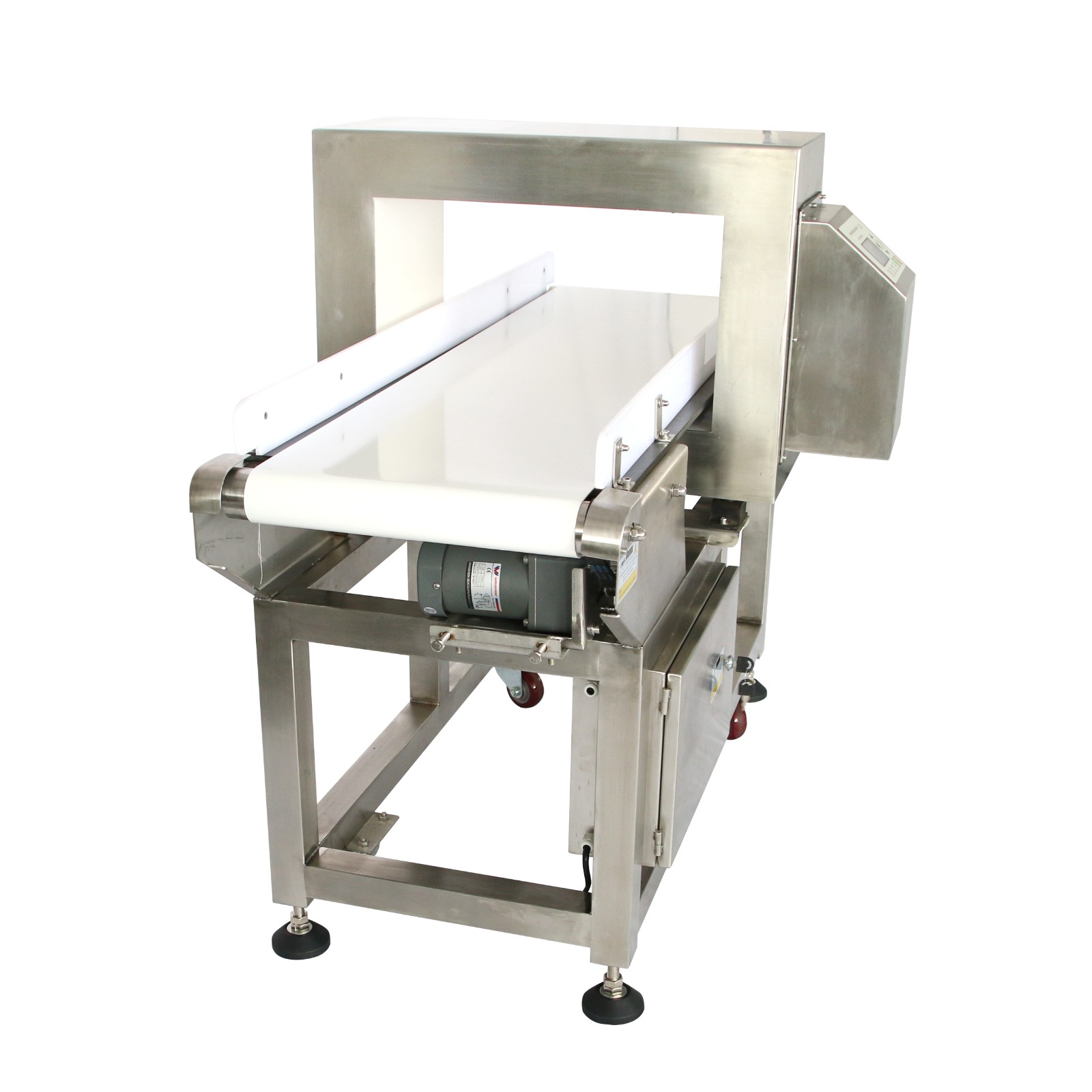food quality control
Implementing metal detectors in food quality control is a critical aspect of ensuring the safety and integrity of food products. Detecting and removing metal contaminants from food items is a fundamental step in the food processing industry. Let's explore the significance, benefits, and key considerations associated with using metal detectors in various food quality control steps:
## I. Importance of Metal Detectors in Food Quality Control
### A. Food Safety
1. **Contaminant Prevention:** Metal detectors help prevent metal contaminants, such as fragments from processing equipment or foreign objects, from entering food items during the production process.
2. **Consumer Protection:** Ensuring that the final food products are safe for consumption and free from potential hazards associated with metal contamination.
### B. Regulatory Compliance
1. **Meeting Industry Standards:** Compliance with regulatory standards and guidelines set by health and safety authorities in the food processing industry.
2. **Preventing Recalls:** Metal detection helps avoid product recalls, protecting the brand reputation and ensuring compliance with safety guidelines.
## II. Key Food Quality Control Steps with Metal Detectors
### A. Incoming Raw Material Inspection
1. **Raw Ingredients:** Metal detectors are employed to inspect incoming raw materials for any metal contaminants before they are used in the production process.
2. **Contaminant Rejection:** Automatic rejection systems can be integrated to remove contaminated raw materials, preventing them from entering the production line.
### B. Processing and Mixing
1. **Inline Inspection:** Metal detectors integrated into processing lines inspect food items for any metal particles introduced during the mixing and preparation stages.
2. **Quick Rejection Systems:** Fast-acting rejection systems ensure that contaminated products are immediately removed from the production line.
### C. Baking and Cooking
1. **Continuous Monitoring:** Metal detectors along the cooking or baking process continuously monitor food items for any metal contamination introduced during these stages.
2. **Quick Rejection Systems:** Rapid rejection systems ensure that contaminated products are swiftly removed from the production line.
### D. Packaging
1. **Final Inspection:** Metal detection at the end of the production line ensures that metal contaminants are not present in the finished food products before packaging.
2. **Packaging Inspection:** Ensuring that metal contaminants are not introduced during the packaging process.
## III. Benefits of Metal Detectors in Food Quality Control
### A. Consumer Safety
1. **Preventing Injuries:** Eliminating the risk of consumers encountering metal contaminants in food items, which could lead to injuries or discomfort.
2. **Ensuring Edible Quality:** Enhancing the overall safety and edibility of food products by removing potential hazards.
### B. Operational Efficiency
1. **Reduced Downtime:** Early detection of metal contaminants helps prevent equipment damage, reducing downtime and minimizing disruptions in the production process.
2. **Enhanced Production Speed:** Ensuring a smooth production process by quickly identifying and eliminating metal contaminants without compromising production speed.
### C. Compliance and Reputation
1. **Regulatory Compliance:** Meeting food safety regulations and industry standards, ensuring continued market access, and compliance with quality control guidelines.
2. **Maintaining Brand Reputation:** Upholding the reputation of the food brand by delivering safe and high-quality products to consumers.
## IV. Implementing an Effective Metal Detection System in Food Quality Control
### A. Choosing Appropriate Equipment
1. **Type of Metal Detector:** Selecting the right type of metal detector based on the specific needs of the food production process, considering factors such as conveyor-based detectors or pipeline detectors for liquid items.
2. **Sensitivity Levels:** Configuring the sensitivity levels of the metal detector to detect both ferrous and non-ferrous metals at the required thresholds.
### B. Integration with Production Line
1. **Strategic Placement:** Installing metal detectors at strategic points along the production line to ensure thorough inspection.
2. **Integration with Conveyors:** Seamlessly integrating metal detectors with conveyor systems for efficient and continuous inspection.
### C. Sensitivity Adjustment and Calibration
1. **Adjustable Sensitivity:** Configuring the sensitivity levels of the metal detector based on the type of food items being processed.
2. **Regular Calibration:** Conducting regular calibration to ensure accurate and reliable performance.
### D. Rejection Systems
1. **Fast-Acting Rejection:** Employing rejection systems that act quickly to remove contaminated products from the production line without disrupting the overall process.
### E. Employee Training
1. **Proper Training:** Providing adequate training to personnel responsible for operating and maintaining metal detection systems.
## V. Conclusion
Metal detectors are indispensable tools in food quality control, ensuring the safety, quality, and compliance of food products. By implementing robust metal detection systems at various stages of the production process, food manufacturers can minimize the risk of metal contamination and deliver high-quality, safe, and consumer-friendly food items. Regular maintenance, proper training, and the selection of suitable metal detection equipment are key factors in achieving a successful and effective metal detection program in food quality control.
🔹 Metal Detector in Food Quality Control Steps
1. Raw Material Inspection
Where: At the receiving stage (before raw ingredients enter production).
Purpose: Detects and prevents metal fragments from suppliers (e.g., from harvesting tools, grinding, or transport equipment).
Example: Screening incoming grains, spices, meat trimmings, cheese blocks, seafood.
2. Processing Line Control
Where: Inline during mixing, grinding, cutting, or forming.
Purpose: Prevents contamination from machinery wear such as broken blades, sieves, or conveyors.
Example: Checking ground meat, dough, sauces, jams, and slurries with pipeline or gravity-fed metal detectors.
3. Pre-Packaging Inspection
Where: Before products are sealed.
Purpose: Ensures food is contaminant-free before entering final packaging, avoiding recalls of entire lots.
Example: Inline metal detectors installed on conveyors for bakery items, frozen meals, and snacks.
4. Post-Packaging Inspection
Where: After the product is sealed and labeled.
Purpose: Detects contaminants that may have entered during packaging, sealing, or handling.
Example: Checking flow-wrapped snacks, vacuum-packed meat, bagged dairy, bottled sauces.
5. Final Quality Control & Verification
Where: At the end of the production line before shipping.
Purpose: Serves as the last safeguard to guarantee contaminant-free products.
Integration: Often combined with checkweighers or X-ray systems for complete QA.
Example: Export-ready inspection of cartons, boxes, and retail packs.
6. Data Recording & Compliance
Where: Throughout all inspection points.
Purpose: Provides traceability for HACCP, BRC, IFS, SQF, and FDA audits.
System: Metal detectors log each reject event, inspection batch, and operator record.
🔹 Summary of Quality Control Flow with Metal Detectors
Raw Material Inspection – Incoming goods check
Processing Line Control – Inline during grinding/mixing/forming
Pre-Packaging Inspection – Before sealing
Post-Packaging Inspection – After sealing
Final QC Verification – Before shipment
Data Recording – Traceability for audits
✅ Conclusion
Metal detectors are not just a single step—they are integrated at multiple checkpoints in food production. They detect, reject, and record contamination risks, making them an essential part of food safety, HACCP compliance, and consumer protection.

